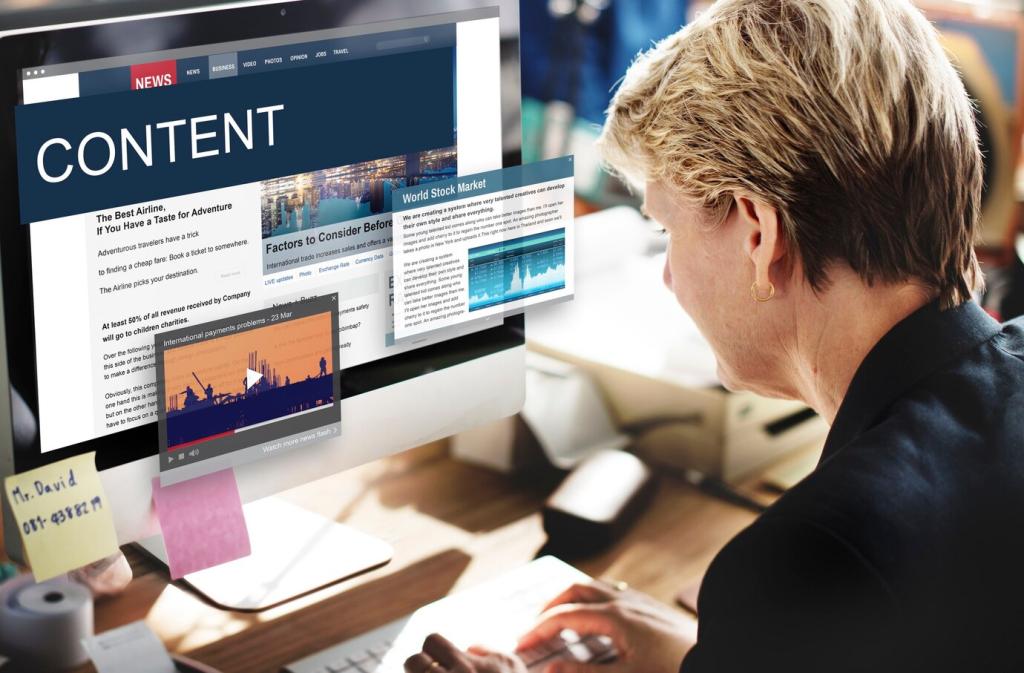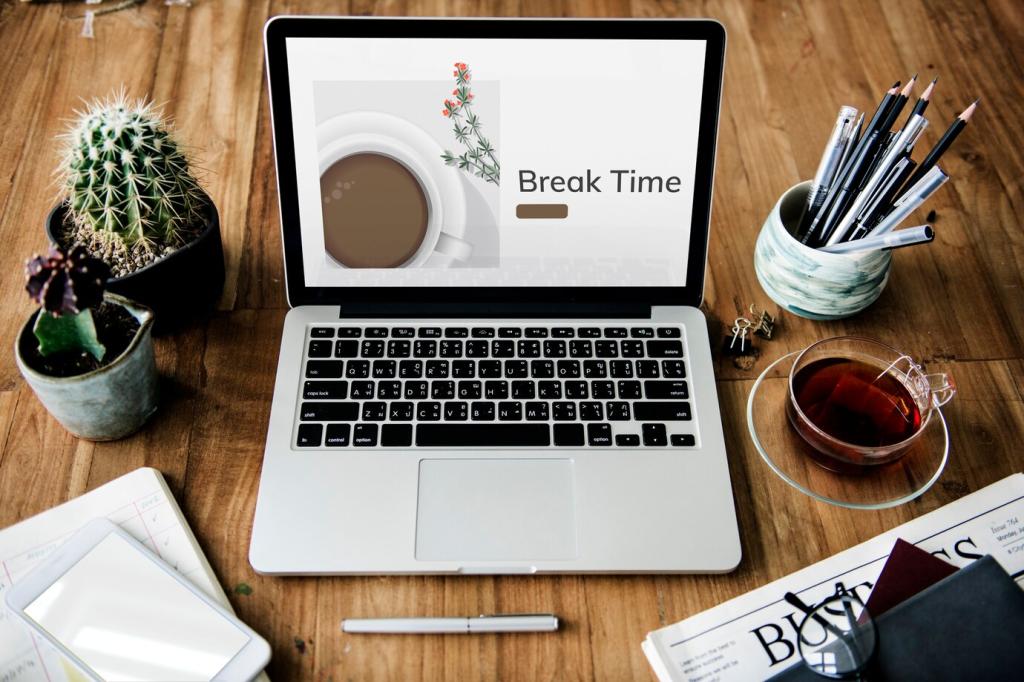Google Business Profile: Your Local Front Door
Choose a primary category that matches your offer, such as Interior designer or Interior decoration service, then add services like kitchen design or color consulting. Attributes like women-led or online appointments can improve clicks from locals comparing options.
Google Business Profile: Your Local Front Door
Your Name, Address, and Phone should be identical across your website, directories, and social profiles, including suite numbers and abbreviations. Use service areas to reflect realistic coverage, prioritizing neighborhoods where clients already come from.









